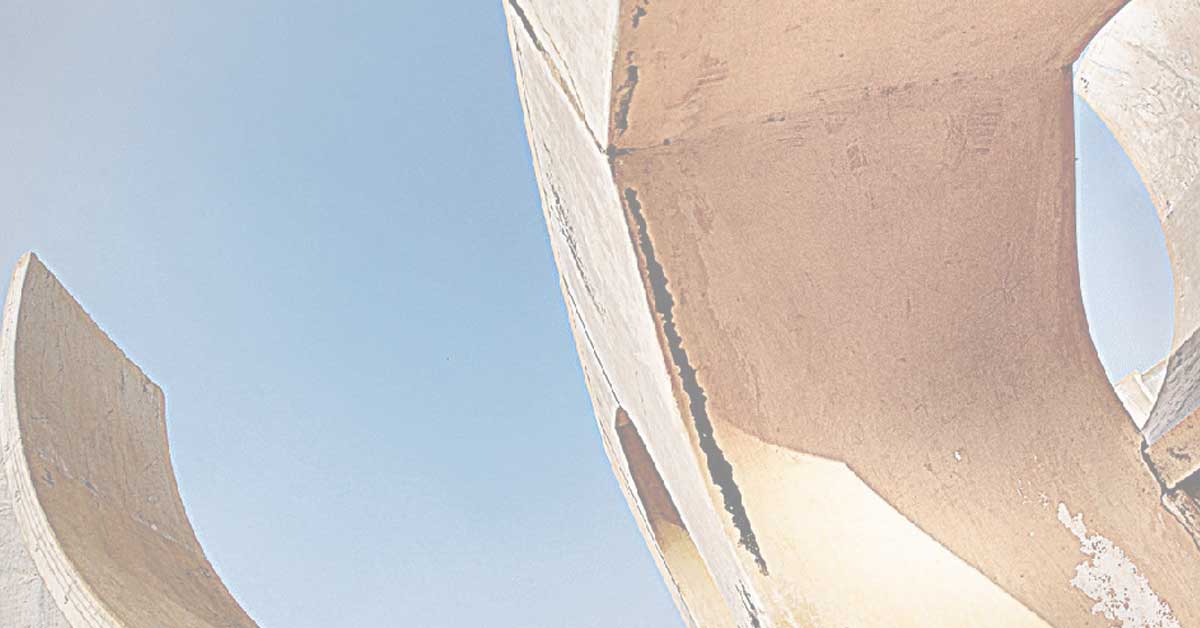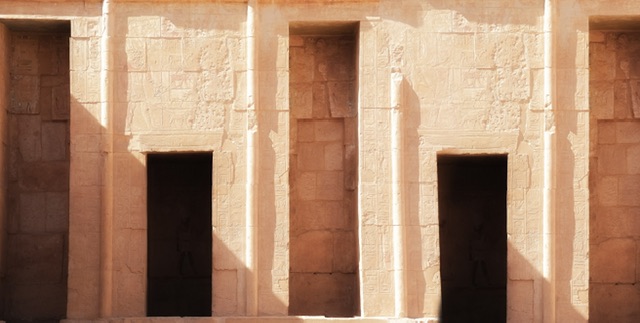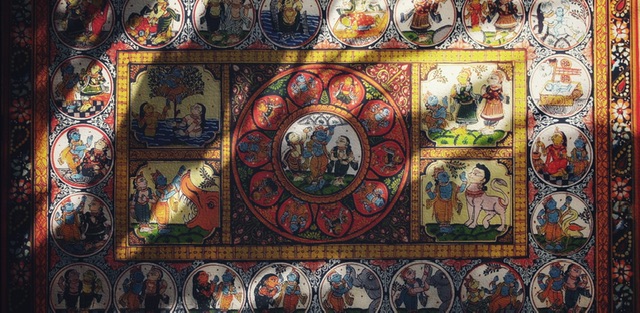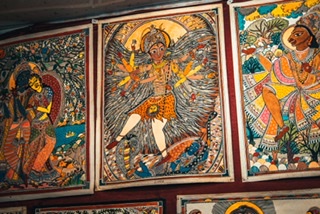The documented history of Indian astronomy dates back to 500 BC when Lagadha wrote Vedanga Jyotisha, this science of stars and planets however was known to the vedic seer since the times of Rigveda, which later formed the basis of works of great scientists like Aryabhatta (476 AD), Bhaskaracharya (629 AD), Brahmgupta (598 AD), etc. as also Greeks and the Persians. By the eighteenth century, fatigued by subsequent loots and plunders by the foreign invaders, these ancient sciences somehow took a backseat in the country of their origin.
It is in these times, Maharaja Jai Singh embarked on his journey to infuse life into Indian astronomy and built a set of five astronomical observatories, in the cities of Jaipur, New Delhi, Ujjain, Varanasi and Mathura which stand today as magnificent examples of advancements made by our ancestors in the fields of science, art, architecture and technology. Jai Singh is better known as the founder of the ‘Pink City’ and it is in Jaipur only that he went on to build the biggest of all observatories in the country, which houses the largest sundial in the world. He noted that the astronomical calculations based on the existing tables did not always agree with observations. Realizing the dependence of important administrative and religious affairs upon these calculations, the then Emperor of India, Muhammad Shah accepted his proposal to build the observatories.
Sawai Jai Singh is noted to have drawn from Indian and Islamic Astronomy while constructing the Jantar Mantar observatories. Interestingly, in its early stages, the Islamic School borrowed its astronomy from India only. Tradition has it that in the year 771 or 773, a man from India came to the court of the Caliph al-Mansur at Baghdad with some books on astronomy which were translated into Arabic and called Sindhind (Siddhanta).
Sawai Jai Singh And His Astronomy, By Virendra Nath Sharma
JANTAR AT JAIPUR
The Jantar Mantar at Jaipur with giant instruments visible from afar, is one of the most accurate ancient collections of astronomical instruments in the world. The observatory has around 9 major geometrical devices along with numerous small ones, constructed for the purpose of measuring time, predicting eclipses, tracking location of celestial objects, ascertaining direction of planets etc. with the naked eye.
Samrat Yantra, the giant sundial, is the most imposing of the astronomical structures that stands at a height of 27 meters. It is the biggest in the world and can tell time up to an accuracy of 2 seconds.
Jai Prakash Yantras are hemispherical shaped structures used to point out the exact position of a celestial body during the day or at night. They also monitor the work of other instruments in the observatory.
Rama Yantra, shaped like a hollow drum, is actually a device to measure the altitude and azimuth of the sun and the stars.
Rashi Valayas Yantras are a set of 12 devices used to correctly depict the zodiac signs for a particular month based on the position of the sun and the stars.
Among the other astronomical marvels at the Jantar Mantar are Kranti Yantra, Dakshina Yantra, Disha Yantra, Raj Yantra, Nirvalya Yantra and Dhruv Yantra.
HOW TO GET THERE
One can take a taxi, train or plane to Jaipur and from there hire a cab to visit this monumental site. It is easily accessible via all means of transport.
WHERE TO STAY AND WHAT TO SEE
Jaipur is a major tourist destination, thus it is not difficult to find hotels – both luxury and budget accommodations. Apart from the Jantar Mantar, Jaipur boasts of beautiful palaces and lakes, rich with history and culture.
WHAT TO EAT
Being a popular international tourist spot, you can find food from just about any cuisine here. However for the local Jaipur flavor, you should not miss out on the Lassi and Kachori, which are available all around town. Local Rajasthani food is also worth the try!
Sawai Jai Singh is noted to have drawn from Indian and Islamic Astronomy while constructing the Jantar Mantar observatories. Interestingly, in its early stages, the Islamic School borrowed its astronomy from India only. Tradition has it that in the year 771 or 773, a man from India came to the court of the Caliph al-Mansur at Baghdad with some books on astronomy which were translated into Arabic and called Sindhind (Siddhanta).
Author: Bloggerani





